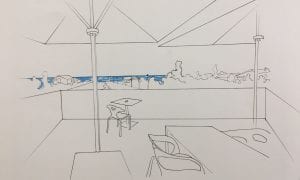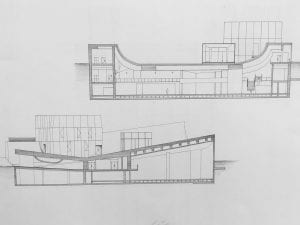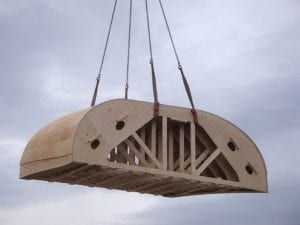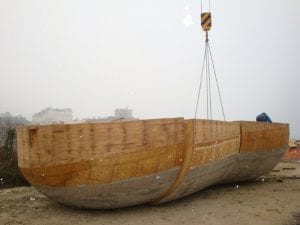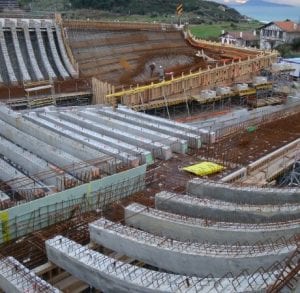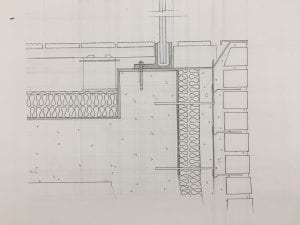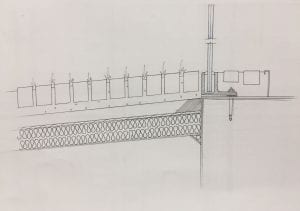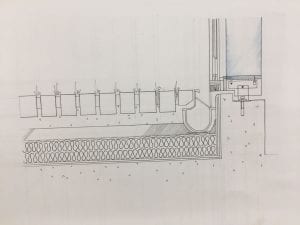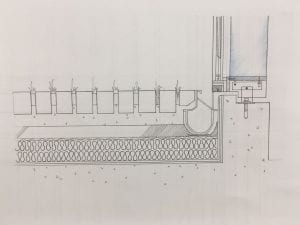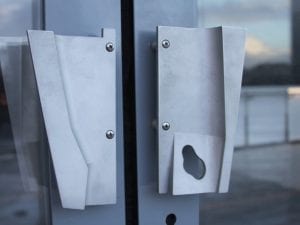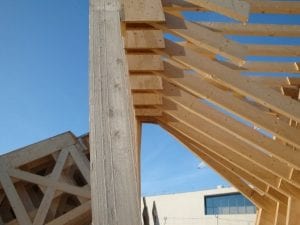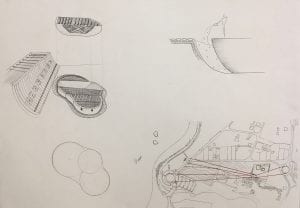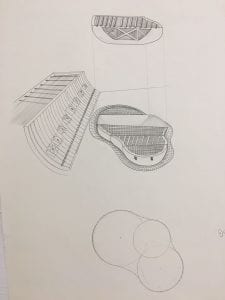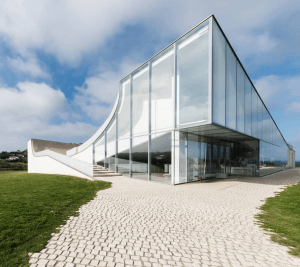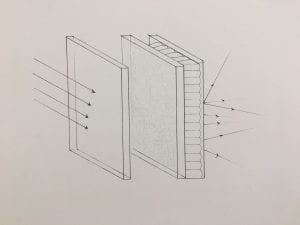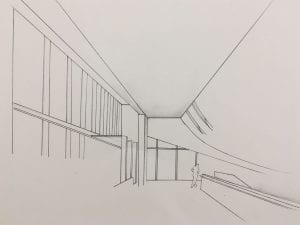Steven Holl is a New York-based American architect and watercolorist. His projects explores new ways to integrate an organizing idea with the programmatic and functional essence of a building. Rather than imposing a style upon different sites and climates.
He believes that architecture should have an experiential connection, metaphysical link and a poetic link.We can see how this reflected in his work The Cité de l’Océan et du Surf, located in Biarritz, France a collaboration with Brazilian artist and architect Solange Fabião. The structure is a museum that is aimed in raising awareness of oceanic issues and scientific aspects of surf and sea. The structure follows two critical spatial themes; “Under the Sky” & “Under the Sea” made up of a concave exterior and a convex interior that showcase dramatic design elements.
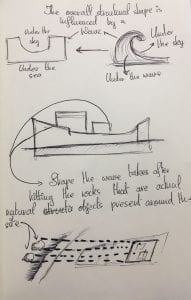
In order to identify and find my guiding path in recognising a conceptual and analytical theme of focus, I began the project through drawing a section cut through the structure. The sectional cut as seen in the image below acted as an analytical tool, that helped in identifying dramatic curvilinear movements that establish the themes “Under the sky & Under the ocean” adapted by the architect Steven Holl.
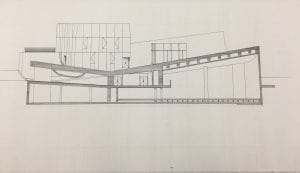
Through the drawing there were two structural movements that really stood out to me, the first one was the assembly between the two cubical like glass structure and the ground, as it is interesting to see how these contrasting materials join together at the plane ground smoothly without any disturbance. The second movement that stood out to me is the structural movement where theres a small concave dip on theft side of the structure.
Looking into more dramatic curved movements of the structure. With further research, what drew me in was the skateboard pool.
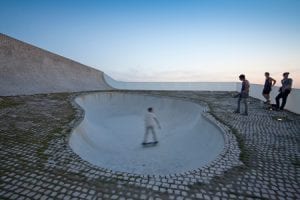
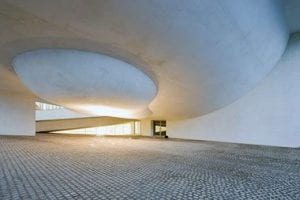
For the process of constructing the skateboard pool they used a complex a large wooden structure that represented the shape of the skateboard pool (As seen in the images below)
The wooden structures were placed after the shape and the reinforcement for the skateboard pool was constructed. This to me seemed pretty unusual, as quite often the finally layer of concrete usually follows the spraying cement system. Hence, in order to under the structure better for my next step I started sketching out the plan to se if this would help understand the structural design and assembly system of the skateboard pool.

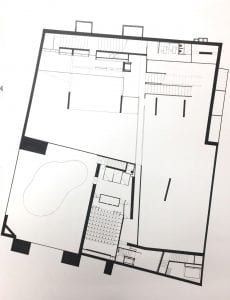
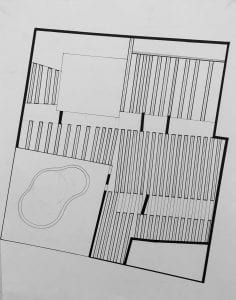
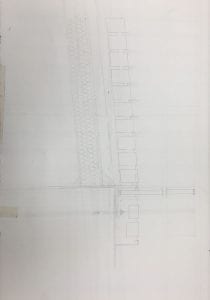
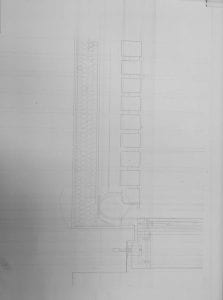
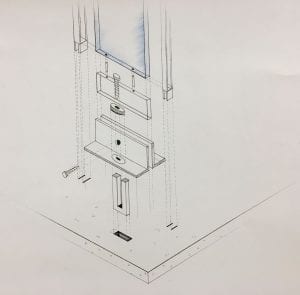
Through further research on other structures by Steven Holl, I was able to unravel that he leaves, in a way his signature by representing a key feature of the structure on the door knob. I was then able to find an image of the door knob. As you can see in the image below the skateboard pool happened to be an important element of the structure.
At first I assumed that the shape was probably derived from a an oceanic microorganism, since it was after all the oceanographic museum. However, I couldn’t find any specific microorganism that fit this exact shape. Hence, I then just started drawing random circles and tried to figure out the right size and placement that created the kidney like shape. Finally, I was able to identify that the structure was made up of three different circles. This led me to broaden my exploration as the architect also focused on creating a metamorphic link between the site environment and the structure. Through the above exploration, I was able to puzzle out the three circles used to create the shape of the skateboard pool were scaled down circles put together from major roundabouts around the site.
In regards to the wooden structure discussed earlier, I was able to recognise that skateboard pool are usually built by first placing the reinforcement and then spraying on the cement. However, due to the location of this site where there’s excess moisture and salt in the air spraying cement was not only hazardous but the structure itself would not sustain. Therefor, came the need of the wooden structure that creates the perfect shape of the interior walls without any inconsistency. The interior also consists of a crisscross pattern, this pattern as seen in the image below is created to hold tension from the heavy cement to avoid any dents or deformation of the wooden structure.
The structure also uses a special type of glass called Okalux glass.
